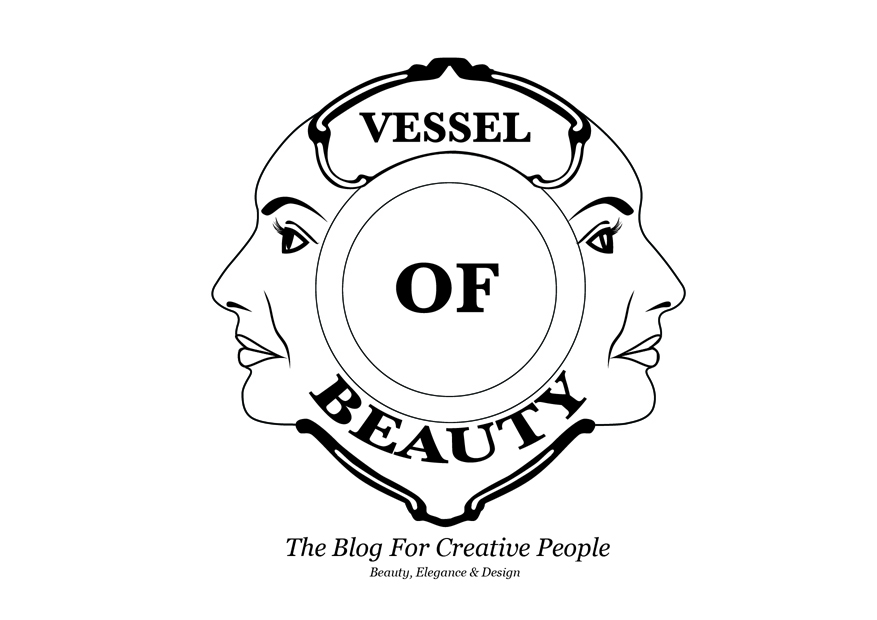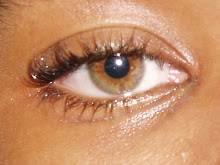April 2011 marks the completion of "Metropol Parasol", the Redevelopment of the Plaza de la Encarnacíon in Seville, Spain. Designed by Berlin-based J. MAYER H. architects, this project has already become the new landmark for Seville, a place of identification and to articulate Seville's role as one of the world´s most fascinating cultural destinations.
J. MAYER H. architects had won the 1st Prize in the international design competition for the plaza redevlopment back in 2004.
The completed Metropol Parasol on Seville's Plaza de la Encarnacíon. Photo: David Franck
Project Description from the Architects:
"Metropol Parasol" explores the potential of the Plaza de la Encarnacion to become the new contemporary urban center. Its role as a unique urban space within the dense fabric of the medieval inner city of Seville allows for a great variety of activities such as memory, leisure and commerce. A highly developed infrastructure helps to activate the square, making it an attractive destination for tourists and locals alike.
Photo: David Franck
Photo: David Franck
Photo: David Franck
The "Metropol Parasol" scheme with its impressive timber structures offers an archaeological museum, a farmers market, an elevated plaza, multiple bars and restaurants underneath and inside the parasols, as well as a panorama terrace on the very top of the parasols.
Realized as one of the largest and most innovative bonded timber-constructions with a polyurethane coating, the parasols grow out of the archaeological excavation site into a contemporary landmark, defining a unique relationship between the historical and the contemporary city.
"Metropol Parasols" mix-used character initiates a dynamic development for culture and commerce in the heart of Seville and beyond.
Photo: David Franck
Photo: David Franck
Project Details:
Name of the project: Metropol Parasol, Redevelopment of Plaza de la Encarnacion, Seville, Spain
Function: archeological site, farmers market, elevated plaza, multiple bars and restaurants
Site area: 18,000 m2
Building area: 5,000 m2
Total floor Area: 12,670 m2
Number of floors: 4
Height of the building: 28,50 m
Structure: concrete, timber and steel
Principal Exterior: timber and granit
Principal interior material: concrete, granit and steel
Designing period: 2004-2005
Construction period: 2005-2011
Building/Cost: 90 Mio Euro
Photo: David Franck
Photo: Fernando Alda
Photo: Fernando Alda
Project Credits:
Client: Ayuntamiento de Sevilla und SACYR
Architects: J. MAYER H. Architects
Project Architect: Jürgen Mayer H., Andre Santer, Marta Ramírez Iglesias
Project Team: Ana Alonso de la Varga, Jan-Christoph Stockebrand, Marcus Blum, Paul Angelier, Hans Schneider, Thorsten Blatter, Wilko Hoffmann, Claudia Marcinowski, Sebastian Finckh, Alessandra Raponi, Olivier Jacques, Nai Huei Wang, Dirk Blomeyer (Management Consultant 1st Phase)
Competition Team: Jürgen Mayer H, Dominik Schwarzer, Wilko Hoffmann, Ingmar Schmidt, Jan-Christoph Stockebrand, Julia Neitzel, Klaus Küppers, Georg Schmidthals, Andre Santer, Daria Trovato
Technical Support for Plants – Competition 2nd Phase only: Coqui-Malachowska-Coqui with Thomas Waldau
Technical Consultant and Multidisciplinary Engineers for Realization: Arup
Project Manager: Jose de la Peña, Jan-Peter Koppitz
Project Team Statics: Romain Buffat, Kayin Dawoodi, Steffen Janitz, Andres Garzón, Enrique González, Carlos Merino, Estrella Morato, Victor Rodríguez Izquierdo, Volker Schmid
Project Team Building Services: Salvador Castilla, Alborada Delgado, Marta Figueruelo Calvo
Project Team Fire Protection: George Faller, Benjamin Barry-Otsoa, Jimmy Jonsson
Timber engineering and detail design: Finnforest
International Competition: 1. Prize, 2004
Project: 2004-2011
Opening: March 2011
Completion: April 2011
Photo: David Franck
See more photos and plans in the image gallery below.
Source = Bustler
FINAL+LOGO-06.jpg)

0 comments:
Post a Comment